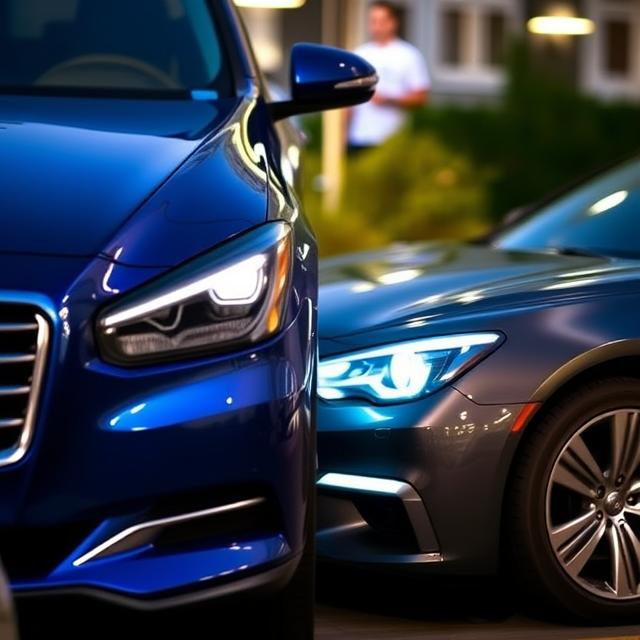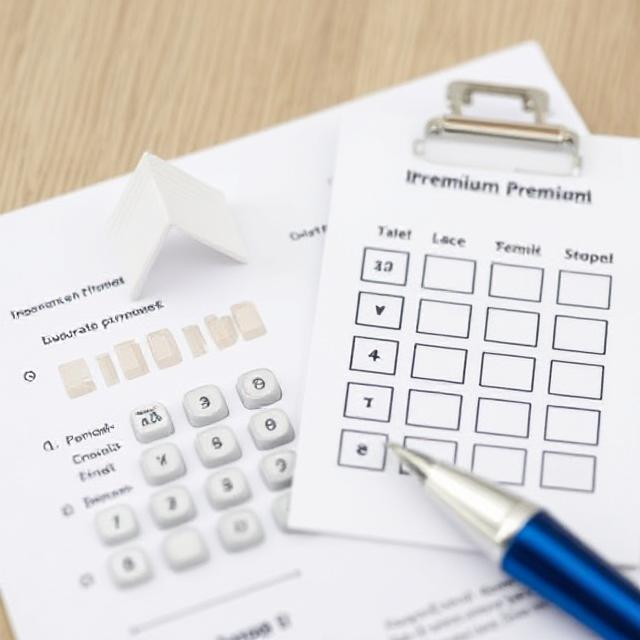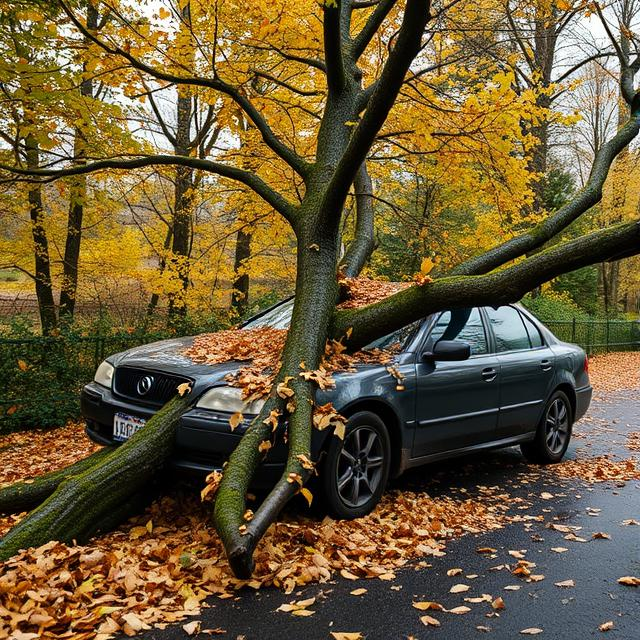Comprehensive vs Third-Party Car Insurance in India
Choosing the right car insurance in India can be confusing, especially when deciding between comprehensive vs third-party policies. While third-party insurance is legally required, comprehensive coverage offers broader protection. But which one is truly better for your needs?
In this guide, we’ll break down:
- Key differences between comprehensive and third-party insurance
- Cost comparisons with real-world examples
- Which policy suits new vs. old cars
- Hidden benefits and limitations of each
- Expert recommendations for Indian drivers
By the end, you’ll know exactly which policy saves you money while keeping your car fully protected.
Key Differences: Comprehensive vs Third-Party Car Insurance
1. What is Third-Party Car Insurance?
- Mandatory in India under the Motor Vehicles Act, 1988
- Covers only damages/injuries to third parties (not your own car)
- No own damage (OD) coverage – repairs to your car aren’t included
- Cheaper premiums (regulated by IRDAI)
2. What is Comprehensive Car Insurance?
- Covers both third-party liabilities + own damage
- Includes accidents, theft, natural disasters, and man-made damages
- Optional add-ons (zero depreciation, engine protection, roadside assistance)
- Higher premiums but better financial protection
Comprehensive vs Third-Party: Detailed Comparison
| Factor | Third-Party Insurance | Comprehensive Insurance |
|---|---|---|
| Coverage | Only third-party damages | Third-party + own damage |
| Legal Requirement | Yes (mandatory) | No (but highly recommended) |
| Own Damage Protection | ❌ No | ✅ Yes |
| Theft Coverage | ❌ No | ✅ Yes |
| Natural Disasters | ❌ No | ✅ Yes |
| Add-Ons Available | ❌ No | ✅ Zero depreciation, NCB protection, etc. |
| Premium Cost | Lower (fixed by IRDAI) | Higher (varies by car model & age) |
| Best For | Old cars (10+ years) | New cars & high-value vehicles |
Which One Should You Choose?
✔ When to Pick Third-Party Insurance
- Budget constraints (cheaper option)
- Very old cars (low IDV = high own-damage premium)
- Second-hand cars with minimal repair costs
✔ When to Pick Comprehensive Insurance
- New cars (full protection against accidents & theft)
- Expensive/luxury vehicles (high repair costs)
- Drivers in accident-prone areas (e.g., Delhi, Mumbai, Bangalore)
- Want add-ons (zero depreciation, engine protection)
5 Crucial Factors to Consider
1. Car’s Age & Depreciation
- New cars (0-5 years): Comprehensive is better (high repair costs).
- Old cars (10+ years): Third-party may suffice (low IDV = high OD premium).
2. Driving Conditions
- City traffic (Delhi, Mumbai): More accident risks → Comprehensive.
- Low-traffic rural areas: Third-party may work if risk is minimal.
3. Financial Safety Net
- Can you afford out-of-pocket repairs? If not, go comprehensive.
4. Add-On Benefits
- Zero depreciation, roadside assistance, and engine protection only come with comprehensive plans.
5. Long-Term Savings
- No Claim Bonus (NCB) can reduce comprehensive premiums by up to 50%.
Interesting Statistics About Car Insurance in India
📌 Only 30% of Indian car owners opt for comprehensive insurance (IRDAI 2023).
📌 65% of accidents in India result in own-damage claims (Motor Insurance Report 2024).
📌 Theft claims are 40% higher in metro cities (Delhi, Mumbai, Bangalore).
📌 Zero depreciation add-on can increase claim amounts by 20-30%.
📌 Electric cars have 15% lower premiums under comprehensive policies.
Myths About Car Insurance in India
❌ “Third-party insurance is enough.”
- Reality: It won’t cover your own repairs after an accident.
❌ “Comprehensive insurance is too expensive.”
- Reality: Add-ons like NCB protection can lower long-term costs.
❌ “Old cars don’t need insurance.”
- Reality: Third-party coverage is mandatory, even for 15-year-old cars.
Final Verdict: Which is Better?
| Scenario | Recommended Policy |
|---|---|
| Brand-new car | Comprehensive + Zero Depreciation |
| 5-year-old car | Comprehensive |
| 10+ year-old car | Third-party (or Comprehensive if high usage) |
| Luxury/SUV | Comprehensive with all add-ons |
| Second-hand car | Third-party (unless high maintenance costs) |
Expert Recommendation
If you can afford it, comprehensive insurance is almost always better—especially for cars under 10 years old. The own-damage protection, theft coverage, and add-ons provide far more security than third-party alone.
For budget-conscious drivers with older cars, third-party insurance meets legal requirements but leaves you financially exposed in accidents. More information to verify insurance provider authenticity visit IRDAI.







